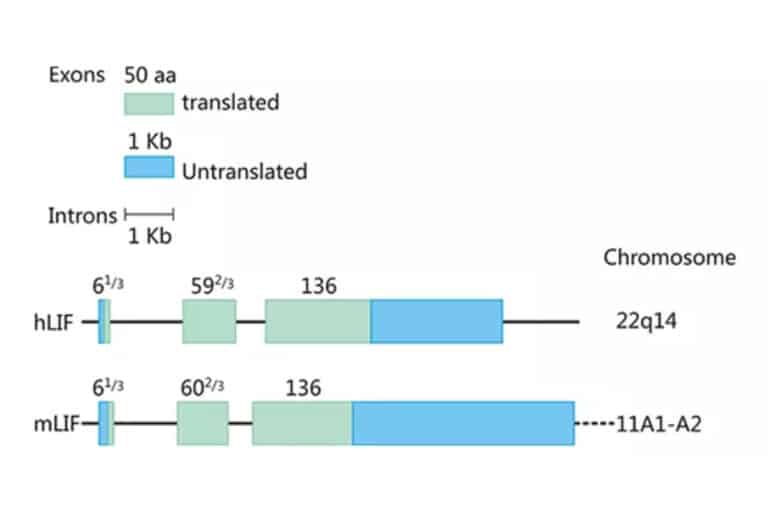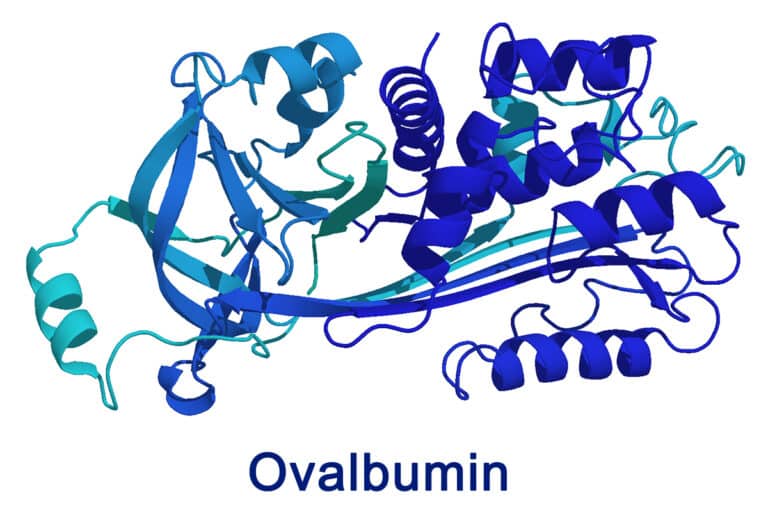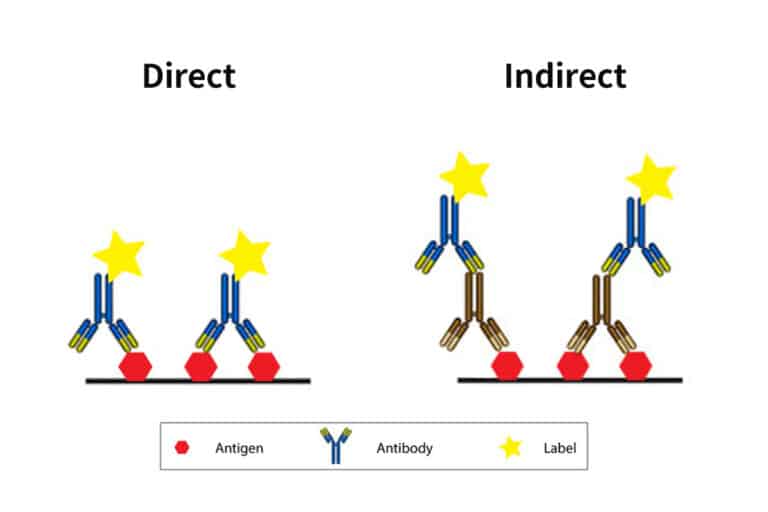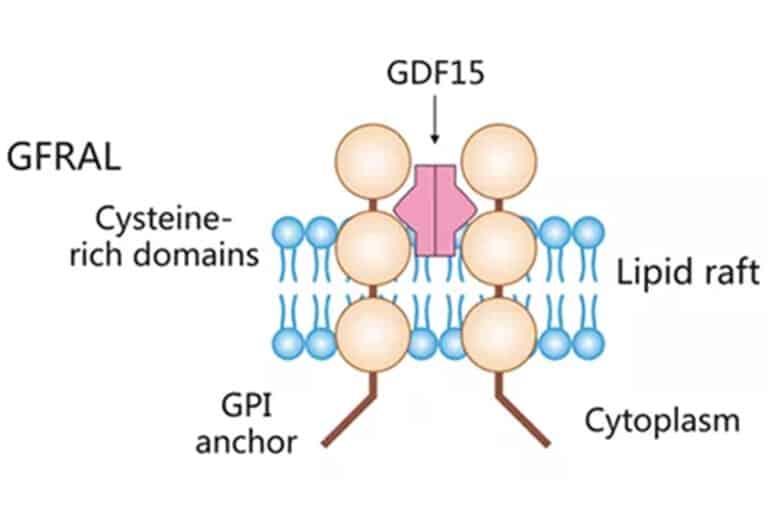Will endometrium increase nutrient supply?
Will endometrium increase nutrient supply?
Mammalian embryos
During natural conception, sperm and egg meet and combine in the fallopian tube to form a fertilized egg, but at that point, the woman isn’t actually pregnant, and there’s the crucial next step, implantation. This is a process in the early development of mammalian embryos, that is, the process in which the embryo gradually “settles and takes root” on the uterine wall of the mother.
Fertile soil to the seed always with open arms, allowing the seeds germinate to absorb nutrition, mother always pour all of its great care for their children, however, endometrial not accept without reservation the embryo “check-in”, only in a key period called “planting window” short, endometrial allowed embryonic implantation.
In fact, the confrontation between the fetus and the mother during the pregnancy can be compared to a “palace fight” drama, and many infertility and assisted reproductive surgery failures are linked to this struggle. To cure these infertility conditions and improve the success rate of assisted reproduction, scientists hope to gain a better understanding of the interactions between endometrial cells and embryonic cells during implantation.
R.W. Johnson experiment
In 1914, the physiologist R.W. Johnson conducted a classic experiment. He removed cow embryonic cells from the womb and implanted them in cows’ brains, testicles and eyes. He expected these embryonic cells to die quickly, but instead they spread wildly through the tissue, forming placentas at three times the normal rate, looting and absorbing nutrients like runaway cancer cells.
Johnstone realized that the walls of the uterus were filled with countless immune cells that were actually “prison guards” keeping the embryo inside the uterus, and that the placenta was the “front line” in the war between mother and fetus. But the guards initially wanted to reject the embryo directly, and if that succeeded, an immune abortion occurred. Not to be outdone, the embryo secretes a special hormone called human chorionic gonadotrophin (HCG), which protects its trophoblasts from attack by the mother’s lymphocytes. HCG is often used in clinical tests for pregnancy, ectopic pregnancy risk and fetal abnormalities. When the placenta is formed, the fetus is like “promoted”, is a foothold in the womb, can enjoy the mother’s nourishment. Sometimes, in order to get more nutrients, the fetus will secrete insulin resistance hormone, which makes the mother’s insulin sensitivity decrease, resulting in the muscle and fat tissue intake of sugar is reduced, most of it into the blood, making the mother’s blood sugar rise, which is one of the causes of high blood sugar during pregnancy.
In addition, the fetus also delivers epinephrine and angiopoietin to the mother to increase the mother’s blood pressure, blood flow and heartbeat, allowing more blood to flow to the uterus and obtain more nutrients. In other cases, the placenta invades the myometrium, putting the mother at risk of bleeding heavily in order to expel the baby. And The monthly shedding of the endometrium, namely menstruation, was also mentioned in Deena Emera’s paper “The evolution of menstruation:” published in Bioessays in 2012. A new model for genetic assimilation “as a rehearsal mechanism to provide the mother with protection from invading embryos.
The placenta acts as a “referee” in the nutritional tug-of-war between mother and fetus
The placenta is not entirely on the fetus’ side. A study published in PNAS in September 2016 showed that the placenta acts as a “referee” in the nutritional tug-of-war between mother and fetus, adjusting the amount of nutrients delivered to fetal growth according to the mother’s body’s ability to supply, in order to minimize the impact on the mother’s health.
All of these indicate that the womb is not the most suitable “hotbed” for embryo growth. Therefore, the state of the endometrium and its interaction with the embryo are particularly important for a successful pregnancy. To find out which genes regulate the endometrium’s ability to influence embryo implantation, and which molecules dominate the interaction between endometrial cells and embryos during this process, researchers from the team of Andres Salumets and Signe Altmae collected endometrial tissue from 16 healthy women for RNA sequencing. Combined with the previous blastocyst trophoblast ectoderm gene expression data, we hope to gain a deeper understanding of the embryo-endometrial interaction at the molecular level, and provide a new possible way for the production of contraceptives and the treatment of infertility in the future. the results are presented in the “Human endometrial cell-type-specific RNA sequencing provides new insights into the embryo-endometrium “interplay” was published in Human Reproduction Open on October 13,
Luteinizing hormone (LH) secretion was defined as pre-endometrial receptive period
Two days after peak Luteinizing hormone (LH) secretion was defined as pre-endometrial receptive period, and seven or eight days after peak was defined as receptive period. By comparing the endometrial biopsy samples collected from women during these two periods of the same menstrual cycle, it was found that compared with the samples before the tolerance period, 499 genes were up-regulated and 101 genes were down-regulated among the 12,339 gene transcripts detected in the endometrial epithelial cells during the tolerance period. Among 12944 gene transcripts detected by stromal cells, 581 genes were up-regulated and 116 genes were down-regulated. The differentially expressed genes of the two cells overlapped to some extent.
The researchers hypothesized that all of the above differentially expressed genes were potentially related to endometrial receptivity. Priority was given to gene-protein correlations with previously published proteomic encyclopedia tests, which found that 83.8% of up-regulated genes in epithelial cells and 78.8% of up-regulated genes in stromal cells were positively correlated with protein white expression. These genes were mapped to their protein products, and the epithelial-matrix protein-protein interaction network was constructed and clustering was performed. A total of 21 clusters were obtained. The top three clusters contain 53% of the nodes. The results of enrichment analysis showed that cluster A contained 27 proteins involved in the regulation of wound healing and cell proliferation. Cluster B includes 13 protein and antigen processing and presentation processes. Cluster C is a collection of 11 proteins and immune response process regulation.
The enrichment analysis of the five largest clusters
In a similar way, the embryo-endometrial protein-protein interaction network was constructed by combining the genes positively related to protein expression in endometrial with those positively related to protein expression in embryo-trophoblast ectoderm. The network contains 222 proteins and 558 predicted interactions. The enrichment analysis of the five largest clusters in the clustering results showed that:
■ Cluster A is mainly rich in proteins involved in cell adhesion, and more than half of the proteins are transmembrane proteins. integrinβ1 (ITGB1) is the most highly involved protein, and its interaction with basigin (BSG) has been shown to regulate embryo implantation and is regulated by galectin-3 (LGALS3).
■ Cluster B: Most proteins undergo post-translational modification and are therefore involved in cell signaling. For example, osteopontin (SPP1) may interact with the trophoblastic transmembrane integrin α5β1 (ITGA5) to support cell adhesion and migration.
■ Cluster C: Rich in proteins that regulate secretion processes, key processes for hormone release, enzymes and other factors, and signaling between cells. Nearly half are secreted proteins.
■ Cluster D: Rich in cell-cell adhesion molecules, 76% are transmembrane proteins.
■ Cluster E: Rich in proteins involved in extracellular matrix tissues, which may increase cell invasiveness and promote cell migration.
Conclution
The issue on the analysis of the contain endometrial epithelial and stromal cells of possible interactions, this study focuses on the regulation of immune response, wound healing and cell proliferation, the importance of regulatory gene and put forward the following differences: C4BPA, GPX3, MT1H and S100P, biomarkers can be used as the receptivity of endometrium and reliable candidate. In the analysis of embryonic-endometrial interactions, the involvement of cell adhesion, post-transfer modification, secretion process regulation, and extracellular matrix tissue processes in early implantation events has been emphasized. Among them, transmembrane protein integrin β1, as a central molecule in the protein-protein interaction network, appears to mediate a variety of interactions that may regulate embryo implantation.
This study provides new insights into the molecular mechanisms of endometrial receptivity and is expected to lead to new prognostic and diagnostic biomarkers in the future, aid in the design of new contraceptives, and provide new ideas for the treatment of infertility, giving women more choice over “pregnancy or infertility.
Related product:
anti- hCG alpha antibody
Universal Estradiol (E2) ELISA Kit
Rat E2(Estradiol) ELISA Kit
Bovine E2(Estradiol) ELISA Kit
Human LH(Luteinizing Hormone) ELISA Kit
Rabbit LH(Luteinizing Hormone) ELISA Kit
Rat LH(Luteinizing Hormone) ELISA Kit
Mouse LH(Luteinizing Hormone) ELISA Kit
Sheep LH(Luteinizing Hormone) ELISA Kit
Reference:
[1]Emera D, Romero R, Wagner G. The evolution of menstruation: a new model for genetic assimilation: explaining molecular origins of maternal responses to fetal invasiveness. Bioessays. 2012 Jan;34(1):26-35. doi: 10.1002/bies.201100099.
[2]Sferruzzi-Perri, A. N., López-Tello, J., Fowden, A. L., et al. (2016). Maternal and fetal genomes interplay through phosphoinositol 3-kinase (PI3K)-p110α signaling to modify placental resource allocation. Proc. Natl Acad. Sci. USA 113, 11255-11260.
[3]Mariann Koel, Kaarel Krjutškov, Merli Saare,et al. Human endometrial cell-type-specific RNA sequencing provides new insights into the embryo-endometrium interplay, Human Reproduction Open, 2022, hoac043, https://doi.org/10.1093/hropen/hoac043





